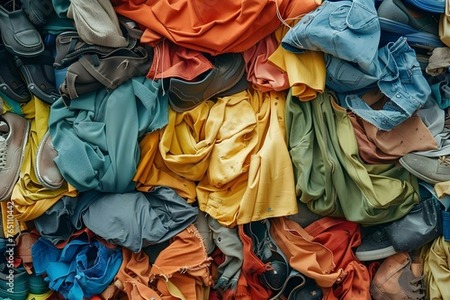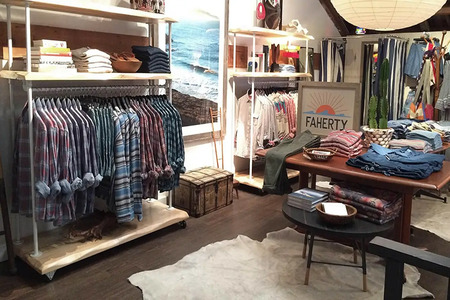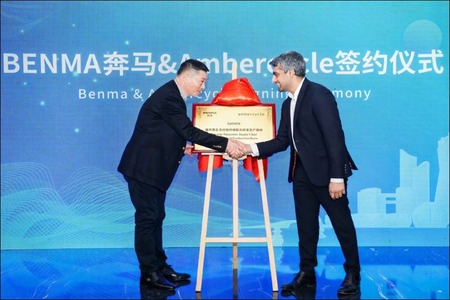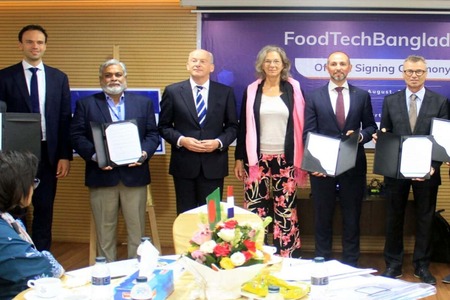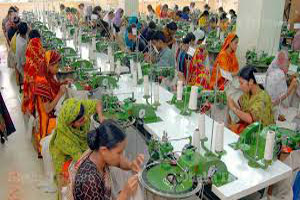
Bangladesh RMG set a goal to reach $50bn export by 2021
YarnsandFibers News Bureau 2015-09-08 16:00:00 – DhakaThe burgeoning Bangladesh readymade garment and knitwear sector has set a goal to reach $50 billion export by 2021. While this appears quite a daunting task, but industry sources claim it is doable provided the government and its concerned ministries make determined efforts to help achieve it as textile manufacturing sector and readymade garment industry (also the knitwear segment) are in fact inseparable and rolled into one.
While talking about investment in textile, RMG and knitwear industries, one has to remember a few relevant factors. The value addition in the RMG (woven) sector is relatively low - only over 20 percent and in knitwear sector, it is high, nearly 90 per cent. The $50 billion target for garment exports by 2021 has some visible problems which needs government's undivided attention.
For example, the rules of origin are important factor for sustaining the flow of exports. RMG's low value addition is being accepted by the European Union - largest importer of their garments. Other major and rising markets are still okay. But the 2021 export target was fixed considering the industrial restructuring in China as rising wages there making them uncompetitive. China is concentrating on high value garment providing an opportunity to cheaper countries like Bangladesh and Vietnam. This is both an opportunity and challenge for Bangladesh.
China has provided duty-free access to its market of all types of goods from Bangladesh which has resulted in picking up exports to China. But rules of origin (RoO) have posed a problem for the woven garments because it has envisaged 40 per cent value addition for such goods. Knitwear sector, however, with its high value addition has no problem. The Bangladesh Garment Manufacturers and Exporters Association (BGMEA) and the concerned government agencies are trying to negotiate with the Chinese authorities for a favourable decision.
Analysts feel that while a receptive Chinese government may temporarily overlook the rigid RoO factor, it is unlikely to work for long. Besides, as the worldwide economic recession is showing no signs of improvement anytime soon, other sophisticated and developed markets may impose stringent RoO to safeguard their interest.
This leaves Bangladesh with the only option: to try and increase value addition, which the industry owners are aware of. In fact, this realization has prompted many of them to expand their production capacities of spinning, weaving and finishing segments.
According to Bangladesh Textile Mills Association (BTMA) Secretary, during FY2014-15, the import of textile machinery has accelerated by 54 percent and as many as 26 new textile mills in spinning, weaving, dyeing and finishing were established.
The increase in value addition input has tremendous advantages. For example, if a garment exporter imports fabrics from, say China, it requires 30-40 days for their arrival which adds to the lead time for shipment of finished goods. Industry sources say, if they get fabrics locally, their shipment time could be reduced to 32 to 45 days. Successful garment exporters are trying to increase their production capacity by installing new machines in their factories.
For example, Mahmud Mahin, a garment manufacturer from Narsigdi was quoted by a newspaper as saying that he has expanded his yarn, dyeing and weaving capacity by investing Tk 1.35 billion (Tk 135 crore). He said that he have a lot of work order from buyers and that's why, he have gone for capacity expansion. Like him, many other successful garment owners are doing the same for higher productivity and shortening lead time.
However, BTMA and BGMEA leaders claim they can find the required funds for needed industrial expansion but without dependable power supply, they are lost and meeting their garment export target could be in difficulty. As factories located in the rural areas can't depend on REB (Rural Electrification Board of Bangladesh) because of its low-quality supply and hence factory owners are dependent on expensive power generators to run their heavy machines. Country's need is 30,000 mw but government and private sector together produce about 10,000 mw - leaving a huge gap.
Market Intelligence
Ask for free sample Report

experience
Customer Base
dedicated team
Countries Served Worldwide



